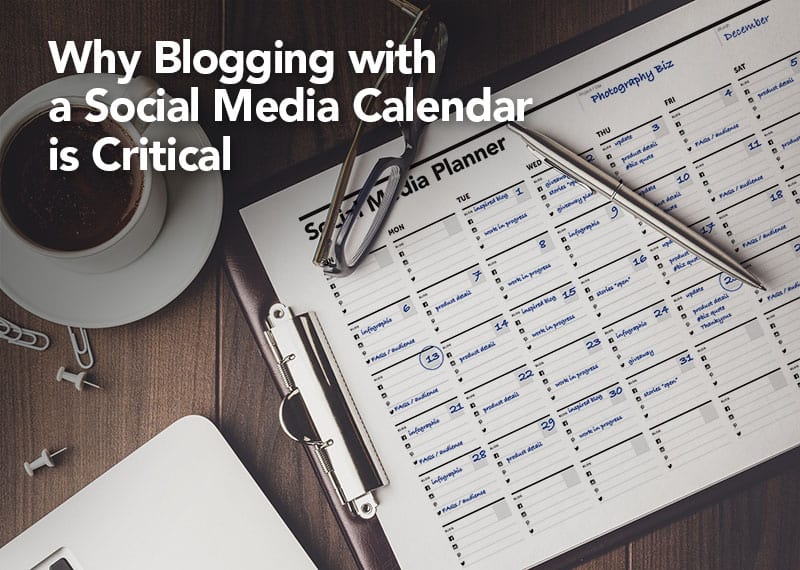
Finding time to blog or to use social media for marketing can be difficult. Using a social media calendar and a blog planner can boost your productivity and help you create that marketing edge you need to push traffic to where you want it. A social media calendar creates a structure for planning, giving you the ability to plan your posts a month at a time.
As a small business owner, we play the role of writer, designer, bookkeeper… and it can become quite stressful when you have so many other tasks to do, and you cannot find time to do it.
Today, I am going to show you my steps to keeping order with my schedule. It is not that difficult once you have a system created and most importantly – stick with it!
Step 1: When do you want to post and how often?
Review your Google Analytics and see when your most active traffic is. Then take a look at your own schedule. With a full-time job, family, kids, and my furry companion to walk – my time is limited to how many times I can write and post, but I do know my highest traffic is usually Monday morning and Sunday is my lowest traffic. Sunday is when I schedule my writing when I have a break in my schedule. It allows me to start my week with some content ready and a good start on my tasks.
Step 2: Share your post on social media
This is the fun part and most rewarding for me. There are many ways to do this effectively; you can log into your desired social media channel, ie. Pinterest, your Blog (WordPress) and post it. I find that using a social media manager such as HootSuite helps me tremendously. I can prepare posting times in advance, and have it delivered to different social media channels on a schedule. I create pins and all my necessary graphics to support the post with Canva. Check them out!
Step 3: Create engagement
This is an important part that many do not realise. You can send out your message, but you have to engage with your community to receive comments and feedback. I try spending a few hours a week to read blogs, articles, listen to podcasts and research (which I enjoy) and offer meaningful comments and feedback. Aside from the engagement aspect, I like to take notes along the way as I find it helps me brainstorm and plan for future postings. The best part is that they may visit your blog and do the same thing! This is what we ultimately want.
Step 4: Review your traffic
I love this part. I guess I am a stats geek. Check your traffic; it is essential to measure how your traffic and audience reacted to your post. Having these stats allow you to tailor your next post to better the traffic and engagement. Aside from Google Analytics, there are analytic tools built into Pinterest, Instagram, etc.. that you should review to see how successful you were.
Step 5: What are Lead Magnets
Engagement and email list building are sometimes skipped over, but I feel that it is a must when creating a blog. We all want subscribers, to have a built-in audience that will listen to us. In the industry, we call this a Lead Magnet. A Lead Magnet is a freebie that you are willing to give away for them to “opt-in” to your email list. You have to give a little bit of yourself for them to give their trust to you…their email!
There you have it. It’s pretty simple if you take the time to plan for it. Have fun and happy blogging – with a social media calendar 😉
Lisa



